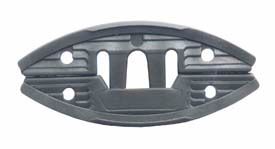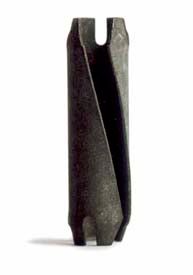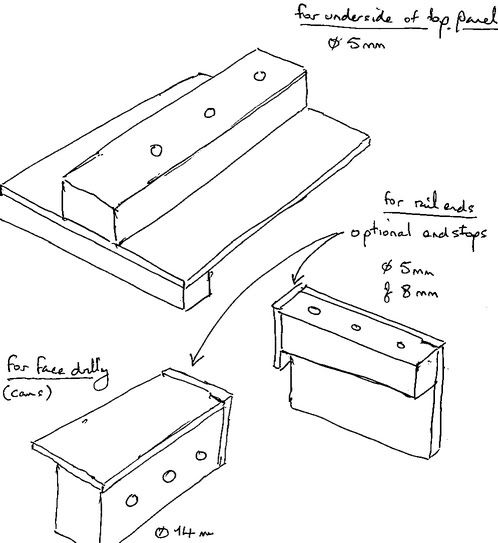A
Anonymous
Guest
Hi
I am hoping that someone can help me with some cam and dowel joints that I want to use.
I am looking for a dowel jig that can be used for the dowels(!!). The problem is that most dowel jigs that I have found come with 6mm, 8mm or 10mm drill bits. The dowelfittingg requires a 7mm hole for locating into the cam and a 5mm pilot for fixing the dowel.
I figure that if i have two jigs set up I can use them in conjunction with a router to create the joint. Are there any alternatives to this method (other than doing it all by hand, I have 8 radiator cabinets that I have to make)? Or are there any more suitable knock down fixings?
Thanks
Saint
I am hoping that someone can help me with some cam and dowel joints that I want to use.
I am looking for a dowel jig that can be used for the dowels(!!). The problem is that most dowel jigs that I have found come with 6mm, 8mm or 10mm drill bits. The dowelfittingg requires a 7mm hole for locating into the cam and a 5mm pilot for fixing the dowel.
I figure that if i have two jigs set up I can use them in conjunction with a router to create the joint. Are there any alternatives to this method (other than doing it all by hand, I have 8 radiator cabinets that I have to make)? Or are there any more suitable knock down fixings?
Thanks
Saint







